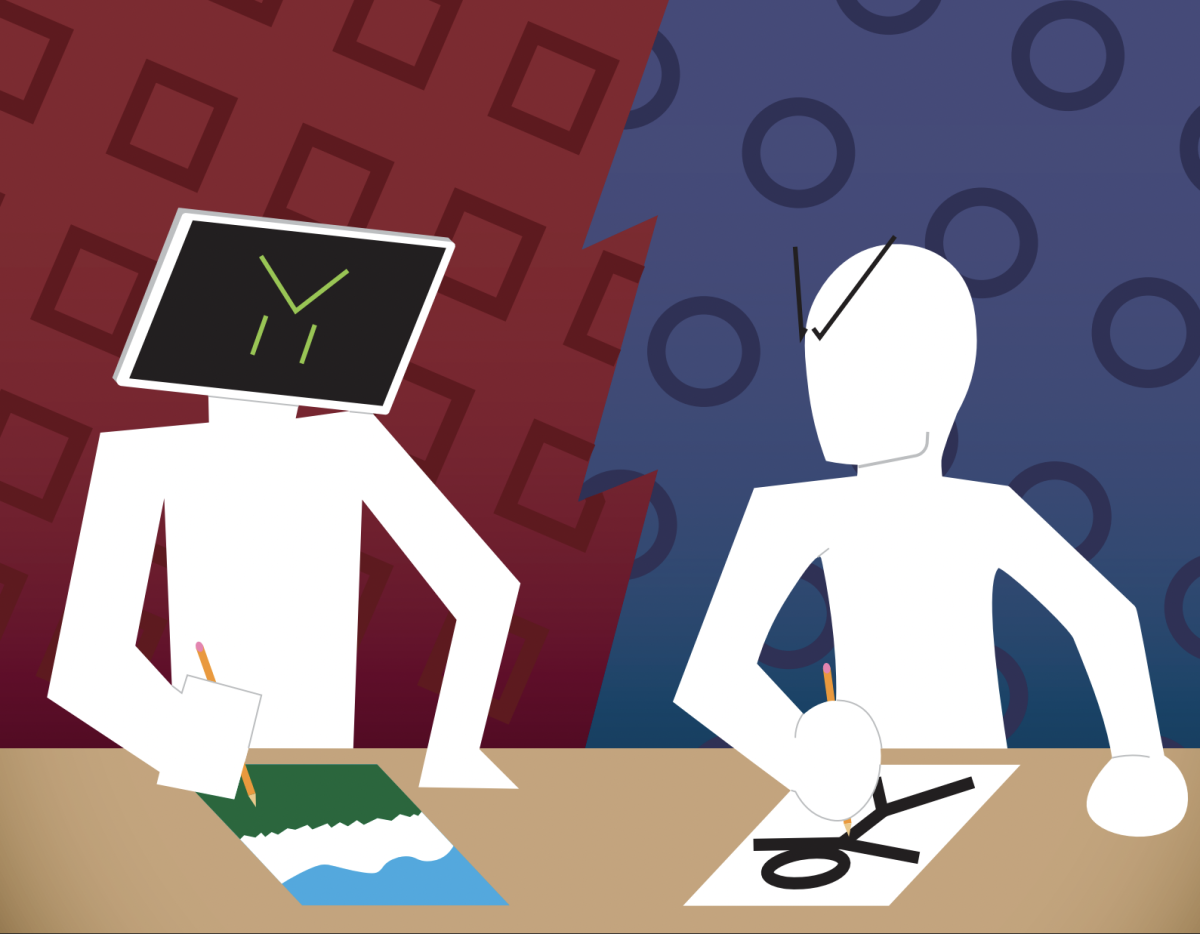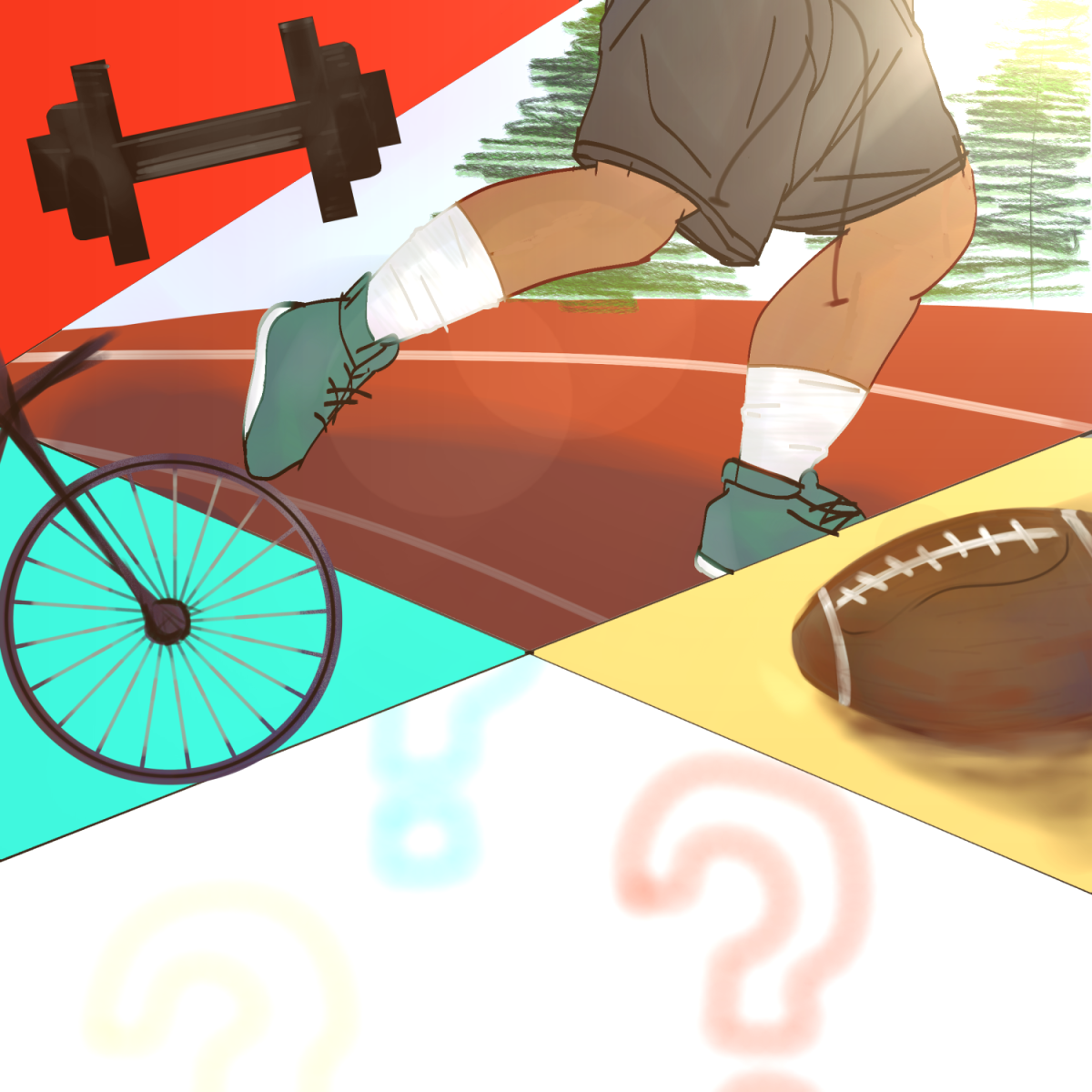Recently, concerts and music festivals have surged. Within the past two and a half years, names like Taylor Swift, Beyonce, BTS, Drake, Coldplay, and more have announced world tours and special shows. While many people are thrilled to have the live music experience back, worries regarding concertgoers’ and artists’ safety often come to people’s minds. There is something going on with bad behavior in live music shows, and many may wonder why it is happening.
As an avid concertgoer myself, I have experienced many different crowds with an array of attitudes. Some have simply been there to enjoy the music, while others have been grabbing and pushing at each other just to get a better view of their beloved artist. A primary example of the latter is crowd crushes, when a crowd becomes so tightly packed together that they cannot move or breathe easily. Back in November 2022, The Guardian reviewed the crowd that attended K-Pop group NCT 127’s Indonesian concert after 30 fans had fainted. Many fans were said to have aggressively pushed each other towards the members, so much so as to topple over the barricade before the stage. Despite having ample space towards the back of the General Admission floor to stand, crushing pressure between people still managed to make its way into the night. This occurrence caused the nine-membered group to end the show early, leaving fans with many regrets as they reflected on their behavior. During such sensory-overwhelming scenes, full of loud sounds, bright lights, and people in very close proximity, it is easy for people to lose sense of what they are doing. Concertgoer Ginger Sherry, interviewed by NBC News, says that “crowd energy is very contagious … People can get out of hand and people also act differently when they are with other people.” Sophomore Tyler Yang also notes that within crowds, there are some individuals who decide to “get drunk and lose inhibitions which cause things.” Combining the preexisting conditions of concert spaces with people that have barely any control over themselves creates a disastrous environment.
Another popular behavior that has been more often seen around concert culture is throwing things on stage. Just halfway through July of this year, News Outlet Today reported a lengthy list of artists who have been hit by some sort of object at shows, including Cardi B, Latto, Harry Styles, Drake, Bebe Rexha, Ava Max, Kelsea Ballerini, and P!nk. Some, like Cardi B, have retaliated by throwing a microphone back at the crowd. On the other hand, some, like Harry Styles and Bebe Rexha, have had to stop the show or go to the hospital due to such a strong hit from an object. I remember watching Bebe Rexha’s incident unfold, and her update of the event with her black eye on Twitter. It was not a pretty sight to see, and I felt more terrible after hearing BBC News say that “The man charged with the incident said he thought ‘it would be funny’” to just throw his phone at Rexha. Personally, I have had my fair shares of witnessing fans throw things on stage. As I checked social media for updates on NCT DREAM’s tour during spring this year, I noticed a variety of plushies being thrown up on the stage for members to take home or take pictures with before dropping them back down to their feet. I saw many fans plead on Twitter not to bring any gifts for the members during the show, as per security’s request, because the venue would throw away everything not taken by the group and their team the following day. However, this quite wasteful trend continued all the way to their last date in Seattle, which I attended. While this was not incredibly dangerous to the artist as the plushies are soft, the members still could have gotten hit in the face and the fans ended up wasting money on things that will just get thrown out. Junior Samantha Betts sums up this type of behavior into the mindset of being the “main character” in life. Betts says fans “feel like they deserve everything just because they love the artist, even though other people love the artist too.” Just because fans have the opportunity to interact with their favorite artist which they give so much time and money and love to, they feel that they can disrespect the personal space of not only the artist, but other fans and supporting staff as well. Many may even argue that because they are so devoted to an artist, they should get something back in return – like an interaction. But doing so with such an aggressive action can only lead to something unpleasant in the end.
There are many explanations as to why fans act this way. While I have gone over a few, one main thing is social media. Dr. Lucy Benett from Cardiff University “thinks some people are [behaving in foul ways] because it is harder to be seen by artists on social media.” To connect to what Betts said earlier, people want to have their moment with their artist. However, social media can only do so much to provide that connection. You may leave comments on every single one of Ariana Grande’s Instagram posts asking her for a new album, but there is nothing that will compare to her seeing you in the crowd with a poster that says the same thing. So, people will risk their all just for that three-second interaction. Senior Daniel Lim adds on to that idea, saying that “[The audience’s behavior is] recorded so people show off.” However, there is also an opposite example to discuss. Freshman Akanksha Bollepalli thinks that there are also influences from fans themselves. Bollepalli says that “If there’s a relatable video they see, they’ll think ‘oh I’m going to do that!’” Fanbases are very powerful, and when someone is completely submerged in it, they are likely to follow an exhibited behavior with no questions asked. This can also play into how artists tend to perceive live audiences. These days, you will see thousands of phones pulled out to record artists. Whether it be for someone’s own personal record or for a full documentation of the concert on YouTube, a lot of parts of a show tend to be disregarded just because people cannot miss out on recording every second of a song. Bollepalli imagined herself as an artist on stage with this setting and felt upset at the thought, saying, “Why would you want to come to my concert and not pay attention?” Sacrificing a good concert experience for these little things is not worth anyone’s time if no one feels like they are getting what they want out of the performance. While recording some songs here and there or posting a selfie with your friends from your seats never hurt anyone, Yang says that fans and artists must “hold strong boundaries” to minimize a bad experience. After all, as Betts says, “As fans, we should respect the artist’s privacy as they’re their own person. I feel that artists should appreciate and value what the fans do for them too.”
While there have not been many cancellations of shows due to bad crowd behavior, time will only tell what the future of live music will look like. Bollepalli believes that “people will still enjoy their time regardless of how the concert plays out.” Lim adds on to the benefits by saying that “Artists will still make money with shows,” especially because performances are a large part of these individuals’ earnings. To be honest, I have not had the worst experiences at concerts. I have enjoyed every single one of them, and while nothing was ever perfect, I cherish these moments and find so much happiness in them. However, by being a bystander and just letting bad things happen, what good is there to expect in a live music experience? The move to create a smooth and safe concert experience cannot be one-sided, and instead, must be a group effort from both the fans and the artist. Next time you find yourself at a show or are even performing at one, please keep the well being of yourself, the performers, and those around you in mind! Live music is such a precious thing in this world and losing it because of selfish, dangerous acts disrespects its significance.






